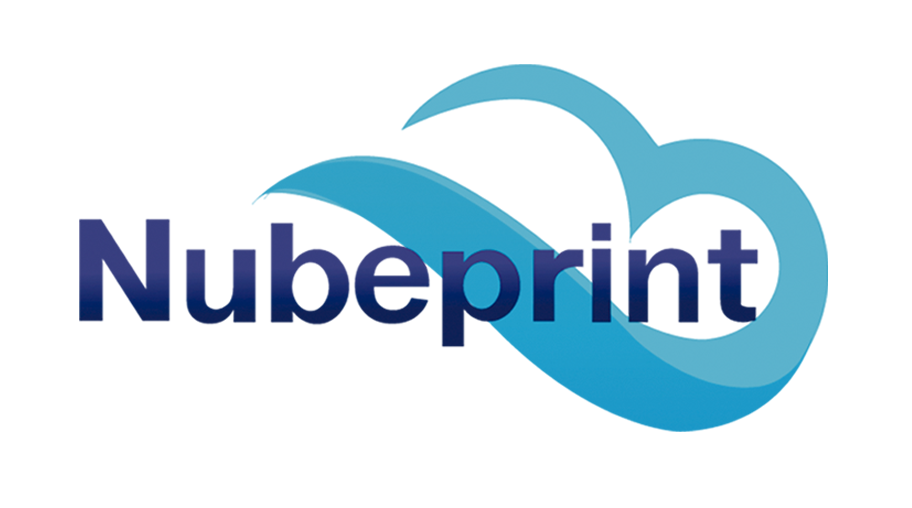Did you know …….?
Big Data overwhelms managers in decision making.
Business leaders are aware of the importance of data and know that good data analysis is critical to the success of their business. However, they feel that they do not have all the necessary tools to achieve this, which affects their confidence and ability to make decisions. Is it better to leave them in the hands of AI…?
A study by Oracle concludes that up to 70% of business leaders globally would prefer AI to choose instead, a study in which more than 14,000 employees and business leaders from 17 countries participated.
Eighty percent of leaders believe that the number of decisions they make each day has increased 10-fold in recent years and, when they must decide, 75% are overwhelmed by the sheer amount of data and different sources, admitting that more than once a day they don’t know what to do.
The study demonstrates the lack of confidence generated by much of this data. Thirty percent have doubts about the reliability of the data and 70% have given up making any decision due to the enormous amount of data to be verified.
80% of those surveyed consider that this inability to make decisions causes anxiety and affects their quality of life, in addition to the loss of opportunities.
Faced with the avalanche of data, it has been detected that 40% only consult sources they trust and 27% go by their intuition. Data must therefore help in the decision-making process or it will no longer be taken into account.
On the other hand, 80% of respondents believe that people often make a decision first and justify it with data after the fact. In addition, corporations often prioritize the opinion of the most senior person over data, and as many as 15% feel that most decisions made in their company are irrational.
Finally, the study concludes that an organization that turns to technology to make decisions based on Big Data and AI is more reliable (87%) and will be more successful (90%). It will also be more likely to obtain investment (85%) and will be more attractive when it comes to attracting talent (90%).
Nubeprint, thanks to its AI engine for MPS and Machine Learning, facilitates decision-making in the management of any printer fleet. Its monitoring system makes it possible to parameterize consumables loading thresholds in % or in days, to have a 90-day forecast of needs, to group the shipment of orders or to know exactly the amount of consumables wasted when installing the new cartridge or toner. The automation of the entire process, controlled from an agile and intuitive control panel, makes Nubeprint a benchmark as a printer monitoring system.
Source: cincodias.elpais.com/ cxo-community.com/ realestatemarket.com/ Nubeprint
Eighty percent of leaders believe that the number of decisions they make each day has increased 10-fold in recent years and, when they must decide, 75% are overwhelmed by the sheer amount of data and different sources, admitting that more than once a day they don’t know what to do.
The study demonstrates the lack of confidence generated by much of this data. Thirty percent have doubts about the reliability of the data and 70% have given up making any decision due to the enormous amount of data to be verified.
80% of those surveyed consider that this inability to make decisions causes anxiety and affects their quality of life, in addition to the loss of opportunities.
Faced with the avalanche of data, it has been detected that 40% only consult sources they trust and 27% go by their intuition. Data must therefore help in the decision-making process or it will no longer be taken into account.
On the other hand, 80% of respondents believe that people often make a decision first and justify it with data after the fact. In addition, corporations often prioritize the opinion of the most senior person over data, and as many as 15% feel that most decisions made in their company are irrational.
Finally, the study concludes that an organization that turns to technology to make decisions based on Big Data and AI is more reliable (87%) and will be more successful (90%). It will also be more likely to obtain investment (85%) and will be more attractive when it comes to attracting talent (90%).
Nubeprint, thanks to its AI engine for MPS and Machine Learning, facilitates decision-making in the management of any printer fleet. Its monitoring system makes it possible to parameterize consumables loading thresholds in % or in days, to have a 90-day forecast of needs, to group the shipment of orders or to know exactly the amount of consumables wasted when installing the new cartridge or toner. The automation of the entire process, controlled from an agile and intuitive control panel, makes Nubeprint a benchmark as a printer monitoring system.
Source: cincodias.elpais.com/ cxo-community.com/ realestatemarket.com/ Nubeprint
Finally, the study concludes that an organization that turns to technology to make decisions based on Big Data and AI is more reliable (87%) and will be more successful (90%). It will also be more likely to obtain investment (85%) and will be more attractive when it comes to attracting talent (90%).
